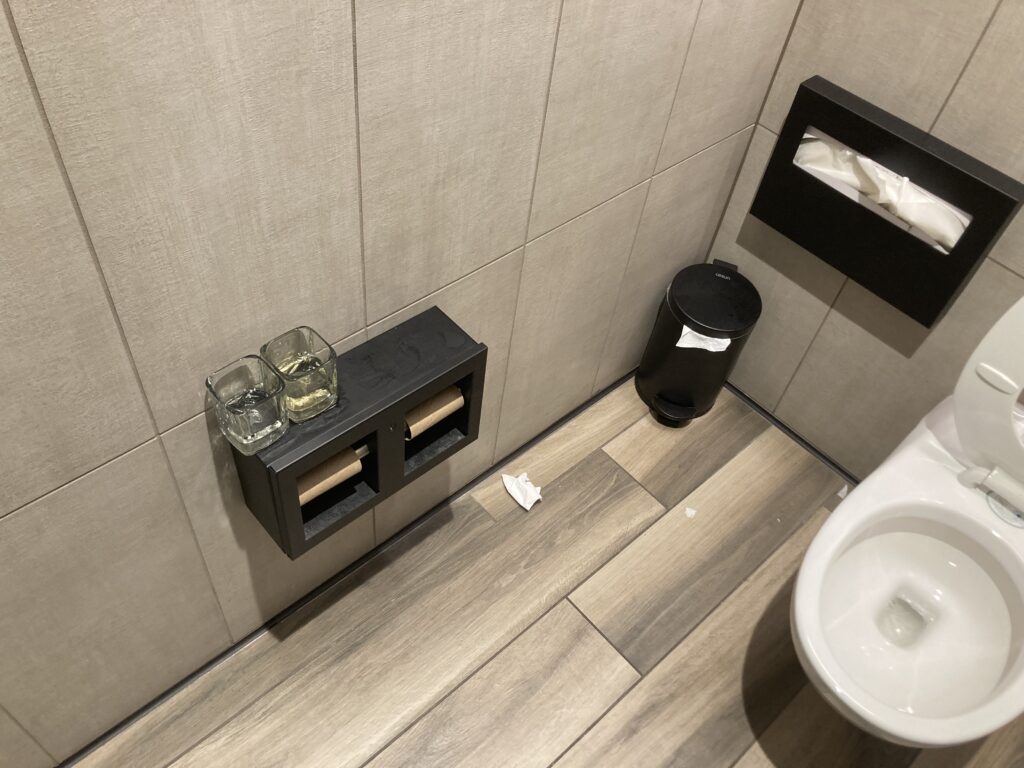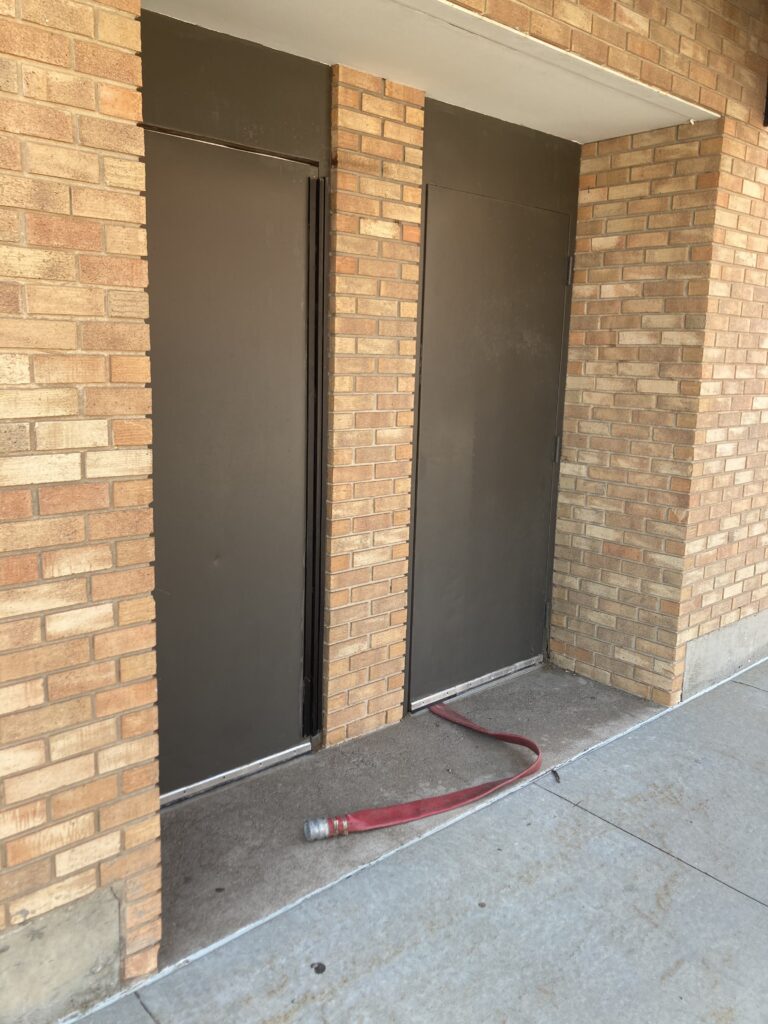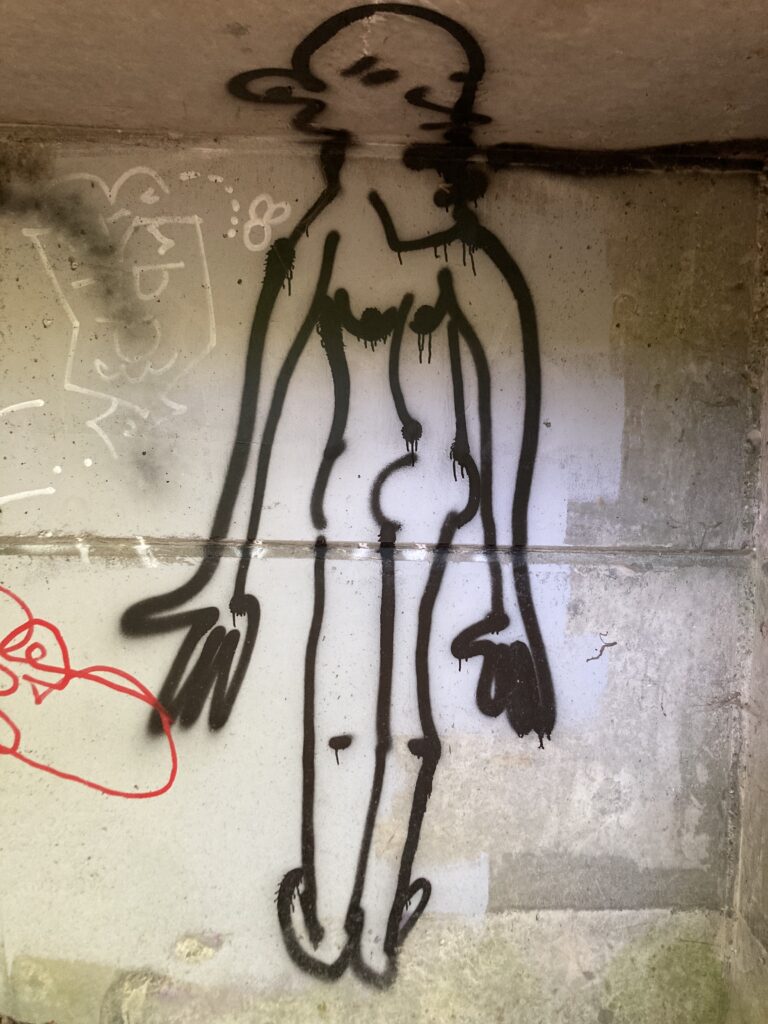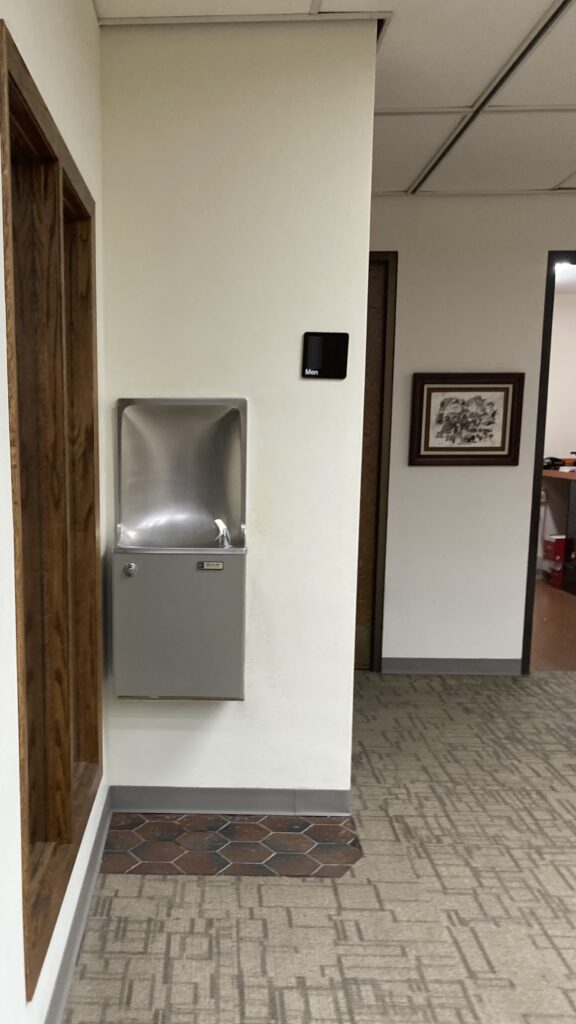Music
My interactions with ghosts have been largely underwhelming. They are like tissue paper in the violent churn of the universe, lost and perpetually on the verge of dissolution. Those encounters that rise above passivity are always dangerous, but I don’t take it personally. I have to assume it’s just a result of the system- in order to exact change on the physical world, their movements have to be crude and hard and pointed. Like neglected toddlers, lashing out is the only means by which they garner attention. And like toddlers, we mostly misunderstand.
It’s not like only angry people are born. And it’s not like only angry people die.
‘Nobody would be particularly surprised to hear that ‘Ghosts in Amber’ is a farce. Despite all the delicate lighting and, to some extent, because of the piped-in ethereal music, the whole experience seems a little forced. Angela Mitter, owner of ‘Ghosts in Amber’ (and producer of said ethereal music) has embraced this difficulty in interviews.
“The afterlife has long been the domain of mediums and psychics and the unfortunate few who stumble, unwittingly, into the realm beyond. ‘Ghosts in Amber’ is the opposite. Accessible. Safe. What I own is not a collection. It is not a museum or a zoo. It is a place for reaching out for the untouchable. The ambience is a bridge, not a veil.”
Some have pointed out that, in a previous life, Mitter was a failed musician, producing the same sort of music that not plays on loop among these lifeless pieces of sap. This criticism is largely unnecessary. Mitter has transcended the trope of the desperate artist who attempts to create a false context for herself, selling her CDs as an epilogue to the short experience ‘Ghosts in Amber’ has to offer.
She gives her CDs away to whoever is willing to take them.’
I prepared myself for something much worse. The music is melancholy synth. A long track or several that bleed into each other. I think it helps liven the experience, though I’ve been accused of rooting for perpetual underdogs in the past.
The ‘Ghosts’ are underwhelming, nevertheless. The amber specimens contain bubbles, only some of which look like they might bear a resemblance to something of humanity. A plaque details the origins of each, as well as a series of indications that offer proof that the bubble is more than just air. Strange electromagnetic waves. Uncanny origin stories. Several pieces of amber were removed from inside the bodies of the deceased, but the fact that this seems to have been a practice (or an MO) is not addressed.
One piece of amber toward the back is visibly cracked. Air moves freely within the case and the split golden bubble. I wonder if I should mention it to Mitter, who hums quietly at a desk in the front, listening to the playback of a track she is near completing. Something clatters in the corner, so quiet that she doesn’t hear, and I decide it’s best not to pry.
I take my CD and leave her to it.
-traveler





